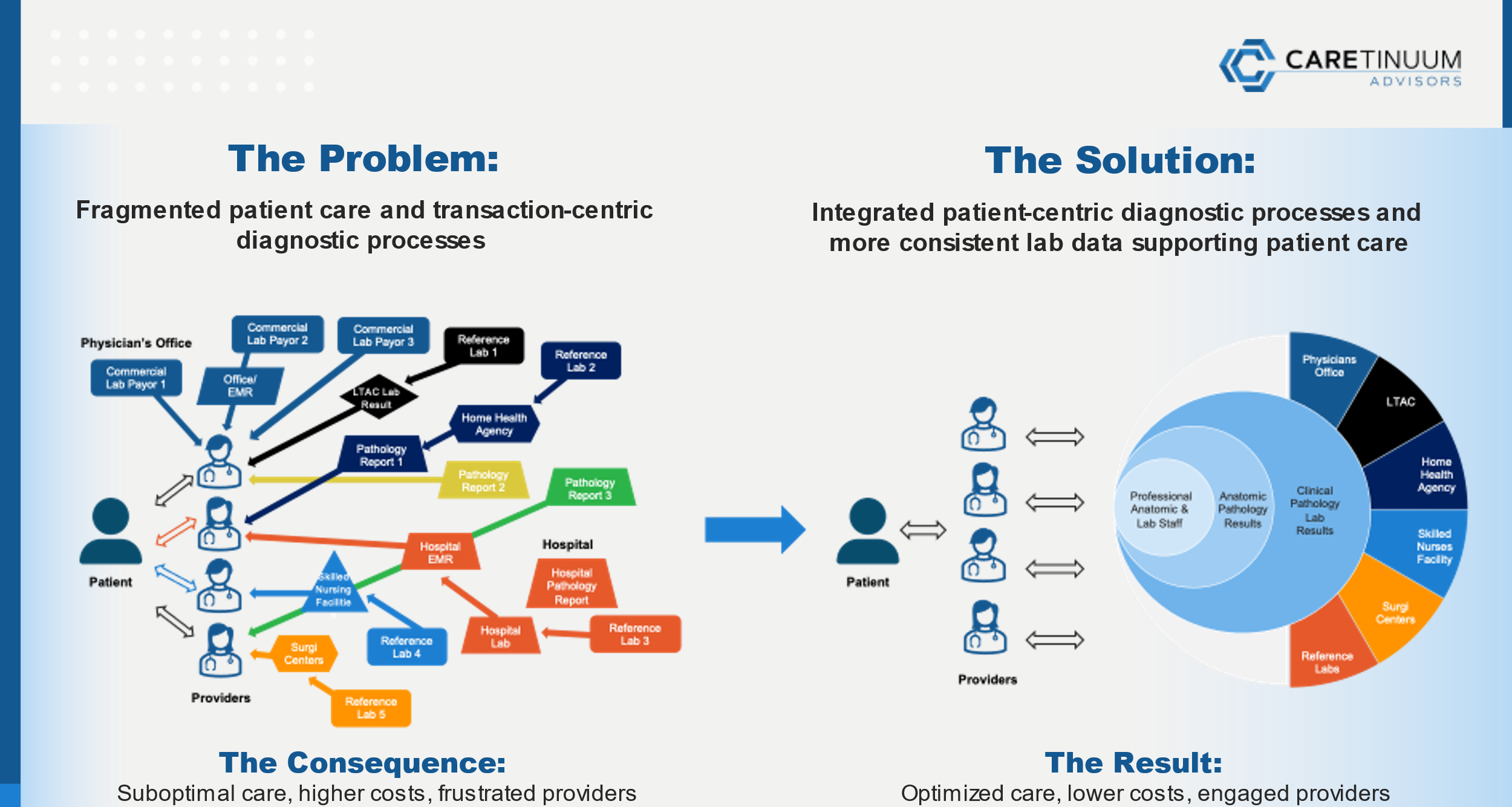
What Did We Learn About Care Integration During the Pandemic?
The coronavirus pandemic caused the disintegration of many parts of the infrastructure that we rely upon for daily life. Every aspect of daily life was affected. A quick trip to the grocery store to buy a few items became an expedition that required personal protective equipment, or an online shopping experience. The usual commute to work via public transportation or car was and, in many instances, continues to be a short walk from the kitchen to the computer desk. Once held around the water cooler, chats are initiated while waiting for other attendees to join video meetings. Everything seems to have changed, and much of our once-familiar world has disintegrated.
Healthcare was not immune to the disintegration associated with the global pandemic either. Hospitals refocused their efforts to meet the needs of patients infected with the coronavirus, and temporarily discontinued elective procedures. Healthcare workers experienced dramatic disruption in their routines and lives as they dealt with the epidemic and its aftermath. There are, however, examples of how the pandemic led to better integration across the continuum of care.
In an article published in the Journal of the American Geriatrics Society (1), Montoya et al. describe a collaborative effort between the University of Michigan Department of Pathology and three local nursing homes. This effort was driven by the need to effectively and proactively identify individuals in the nursing homes who had been infected with the coronavirus that causes COVID-19. The proactive testing required support from the clinical laboratories at the University of Michigan, and positive test results resulted in “cohorting of COVID-19-positive residents; communication regarding testing and results with residents, healthcare professionals, and families; personal protective equipment reeducation and use throughout facilities; and dedicated staffing for infected patients cohorted in a dedicated COVID-19 wing.”
The study authors concluded that proactive and coordinated steps between nursing home medical directors and administrators, referral hospitals including their laboratories, and local public health officials are necessary to rapidly respond to an outbreak and limit the transmission of COVID-19. This coordinated public health approach likely saved lives, minimized the burden to the healthcare system, and reduced healthcare costs.”
This example of integration across the continuum of care shows how the clinical laboratory infrastructure can be leveraged to improve both financial and clinical outcomes. But does it require a pandemic to leverage that infrastructure?
Healthcare in the United States is in transition. Increasingly, services traditionally provided in an acute care setting are migrating to outpatient care, self-care, home care, or care in a skilled nursing facility. This transition can result in disintegration from a data and information perspective. However, as shown in the example noted above, clinical laboratories in hospitals and health systems can be a unifying element. When the same lab serves all of the health system’s providers and sites of care within a given geographic region — rather than having multiple labs serve different providers and sites — patient data is more easily integrated and unified across the entire continuum of care.
To realize that potential, hospitals and healthcare systems must use the sunken costs they have in their clinical laboratories differently. They must embrace new service delivery models to serve physician offices, skilled nursing facilities, home care agencies, and virtual visits, etc. In short, they must recognize that the value generated by the hospital clinical laboratory is expanding.
To integrate care delivered across the continuum, the clinical laboratory must be viewed as an integral part of the community’s healthcare infrastructure and not as a commodity to be delivered from afar by the lowest-cost provider. Without the local delivery of COVID-19 testing in the study cited earlier, it would not have been possible to efficiently isolate new test-positive patients and, therefore, the risk for further spread within the nursing homes would have increased. Without the coordination provided by the clinical laboratory to rapidly alert providers, it is likely that hospitalization and mortality rates would have been considerably higher. The COVID experience is a vivid example of how the clinical laboratory can be leveraged in new ways to make healthcare more efficient and effective.
What does it take to use the clinical laboratory to help integrate care delivery? Much of the infrastructure is already in place. But laboratorians need to think differently about service delivery as they address the needs of the physician office, skilled nursing facility, home care agencies, and virtual visits. A one-size-fits-all approach will not work. There are ways in which the needs in the acute care setting actually complement those in the outpatient setting. Making sure that the laboratory is addressing the pain points in both settings can actually drive testing volume, which helps to increase revenue, drive efficiencies, and significantly improve operating margins for the hospital.
The value generated by the health system’s laboratory in the study example can and should be generalized more broadly across the healthcare delivery spectrum, as this typically untapped value can be realized in essentially all clinical situations.
To achieve optimal value, the medical center laboratory, which produces 70% of the objective data that supports medical decisions and influences every patient’s care in nearly every care setting, should be leveraged to move away from the fragmented and inefficient situation depicted on the left below, where multiple laboratories, often from a distance and in a delayed manner, potentially provide conflicting information as the patient moves through the continuum of care.

To where the medical center laboratory serves providers and other facilities across the health system’s service area in an inclusive manner, patient care flows in a more integrated and synchronized way, as shown on the right in the figure above. In this scenario, medical laboratory information is delivered to providers in a more standardized format, where a significant number of non-value-added processes are eliminated, and important medical diagnostic information is provided in a much timelier fashion.
At a time when it seems that all we knew as being solid has disintegrated, the hospital clinical laboratory can help to drive integration across the health system’s continuum of patient care.
1. Ana Montoya et al., “Partnering with Local Hospitals and Public Health to Manage COVID-19 Outbreaks in Nursing Homes,” Journal of the American Geriatrics Association, published online October 9, 2020, https://doi.org/10.1111/jgs.16869.
